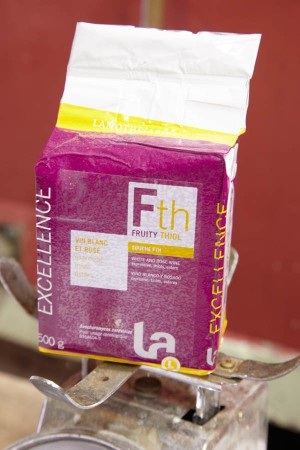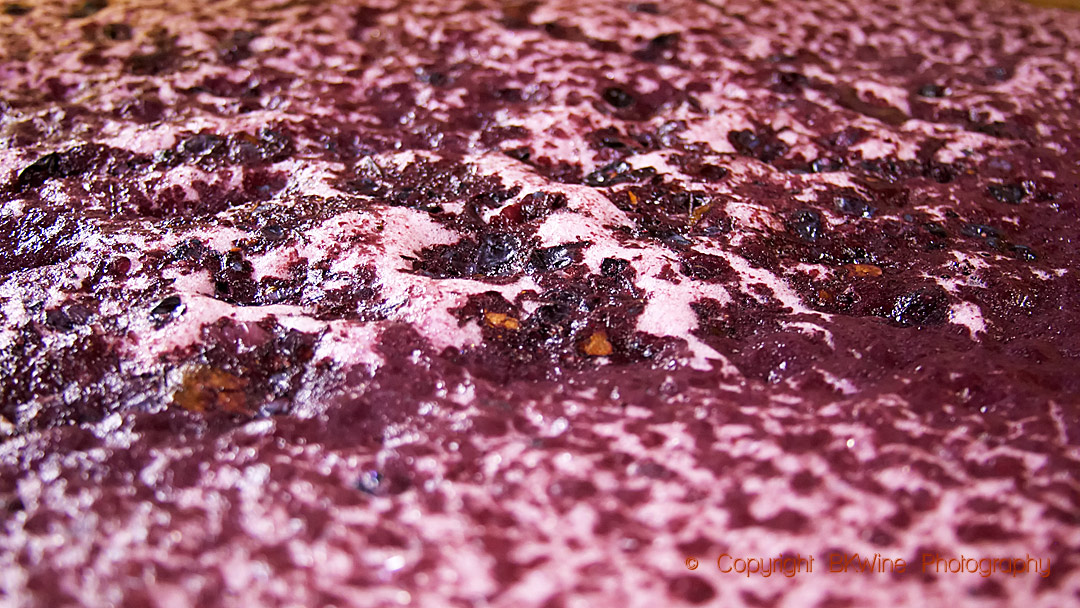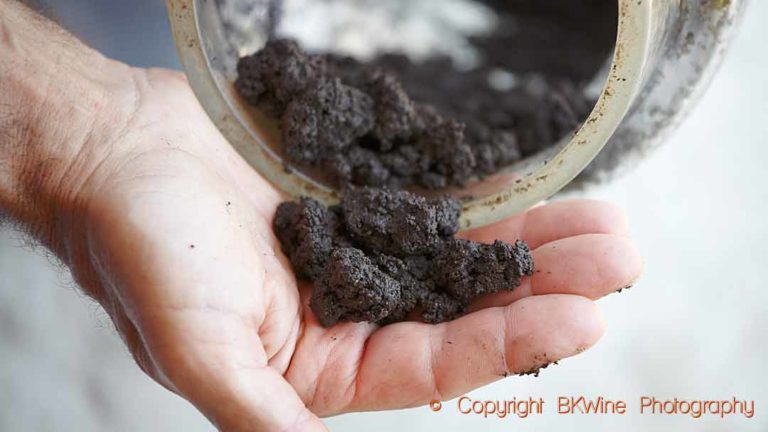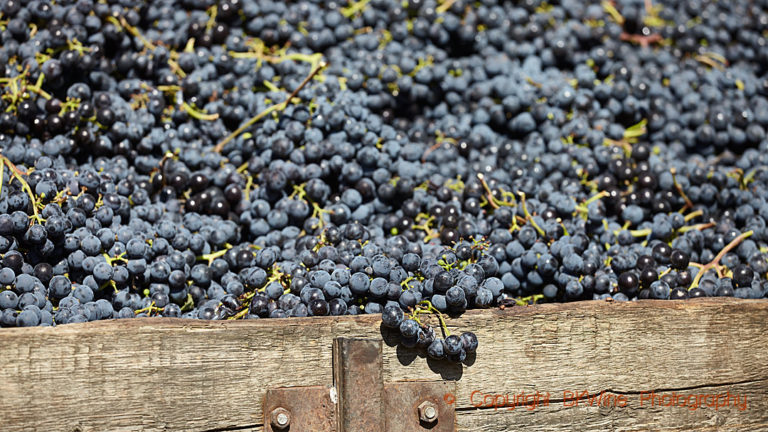Everyone agrees that the grape-must must ferment to become wine. However, when it comes to what type of yeast to use, opinions differ. The choice is open to the winemaker to let the must ferment using the yeast that naturally sits on the grape skins (and in the air) or to use a cultured (selected) yeast produced in a laboratory, perhaps specifically designed for a particular grape or region.
Purists believe that the latter, adding yeast, is simply bad and that it leads to uniform wines without any character of the soil in which the grapes were grown.
The yeast organism that is responsible for the alcoholic fermentation belongs to the family saccharomyces cerevisiae, an important type of yeast which in various forms is used for both wine, beer, whiskey and bread. Today, it can be grown, produced, in the laboratory.
Aromatic yeast

That the winemaker gives a little extra thought to what type of yeast to use is natural because fermentation is an important process. It is during fermentation that grape aromas develop into wine aromas. The yeast converts the sugar into alcohol but it also develops the grape-specific characters in the wine.
All yeast give some type of flavour but there are “aromatic” variants that can enhance the character of a neutral grape.
Fast and secure
It is very common to use cultured yeast. Many oenologists do not trust the naturally occurring yeast to produce the desired result and therefore recommends that the wine producers instead add cultured yeast. It usually gives a faster and more reliable fermentation.
There are many different types of cultured yeasts to choose from. A certain kind can serve as “starter”, it rapidly launches the fermentation. Another is good for killing the indigenous yeast present in the must (yes, you guessed, “killer yeast”). Another suits a particular region or grape, etc.
Necessity knows no law, but it has yeast
One may like selected yeasts or not but there are some occasions when it is necessary to use cultured yeast. A few examples:
To restart a fermentation that is “stuck” (has slowed down or stopped) or if the fermentation will not start because of the small quantity of naturally occurring yeasts.
The fermentation of grapes affected by noble rot (such as in Sauternes) can be difficult and slow because of the high sugar content and can be helped with cultured yeast
The second fermentation in champagne production. This fermentation occurs in the bottle and no yeast is left from the alcoholic fermentation. So new yeast must be added. This yeast must have the ability to begin to ferment at cool temperatures (around 13 degrees C) and in an environment with at least 10% alcohol (i.e. in a finished “base wine” in the cellar).
But in all other cases it depends the philosophy of the winemaker. But generally speaking spontaneous fermentation (using “natural” or indigenous yeast) is more common in some districts (e.g. Alsace, Burgundy, Loire) and the addition of cultured yeasts is more common in others (e.g. Bordeaux, Champagne).

Compare it with beer production: Normally, one adds cultured yeast to the wort, but in some special cases, you can let the beer ferment spontaneously using the yeast organisms present in the air. The Brussels specialties Lambic and Gueuze are famous examples of spontaneously fermented beer. The character of these beer is entirely dependent on the yeast in the air in the Brussels suburbs where the beer is brewed.
Read also this article Using native yeast or selected yeast at Quevedo Wines in the Douro where a winemaker gives his version of “cultured” vs “natural” yeast.
Footnote:
Recently, the French wine magazine La Vigne had a special supplement on yeast. They counted some 600 different varieties that have been grown by various laboratories. It also had a list of all commercially available yeasts on the French market: 327 different types (brands), including e.g. one especially suitable for vin jaune and for sherry.
So even among the cultured yeasts, there is a lot of variation!
[box type=”info” style=”rounded” border=”full”]When you visit a winery it is always interesting to ask about this: does the winemaker use selected or “natural” yeast. In many cases, the answer is “both.” Try it yourself: come on a wine tour and ask questions directly to the wine growers![/box]









